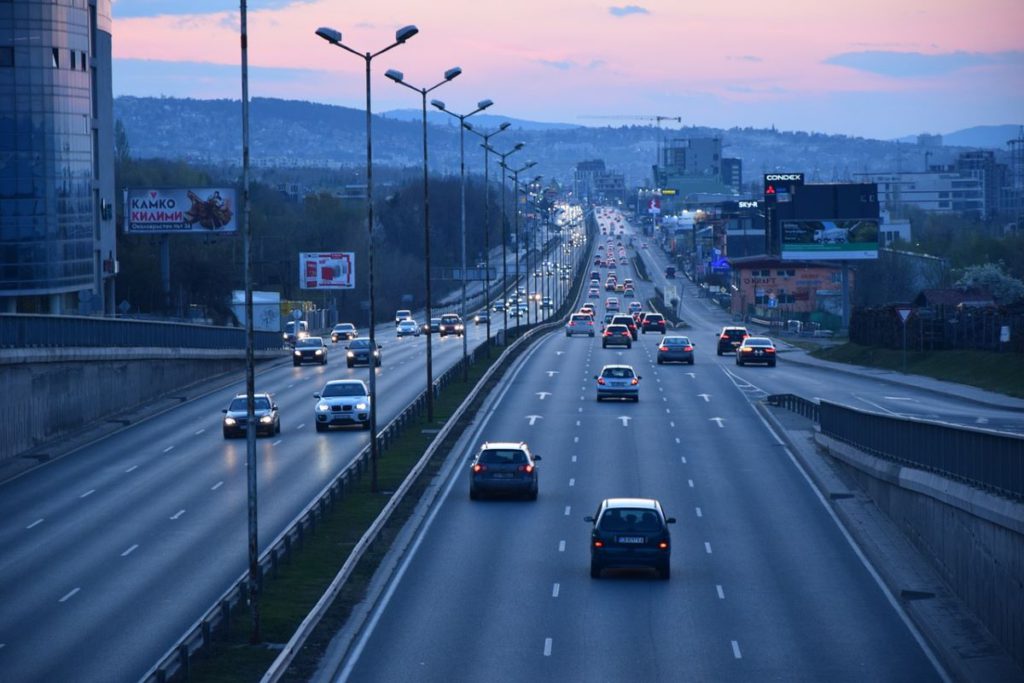Speed signs are some of the most important and common traffic signals that you will encounter on the road, and they are vital to follow. Traffic signs help to ensure the safety of everyone on the road by reducing the chances that drivers will run into another car, a pedestrian, or a bicyclist. Cyclists depend on many of the same traffic signs and rules that drivers do, which is why these signs are essential for everyone to safely share the road.
Road signs convey important messages about proper and incorrect ways of handling some road accidents. Road signs and traffic lights are so critical as they help to maintain safety and order on our streets and highways. Road signs are rules in place to make sure that you are staying safe and help to convey messages to drivers and pedestrians that maintain order and reduce accidents.
Signs tell people when and where they can cross a street, and they warn drivers to be aware of their presence. Pedestrian crossing signs alert drivers to their increased awareness, helping prevent pedestrian crashes, which are usually more dangerous than car crashes. A sign telling you that the light is about to turn, for instance, can prevent car-pedestrian crashes or collisions by notifying drivers that a stop is suddenly or unexpectedly coming up on the street.

By making sure that traffic flows smoothly and predictably, stop signs prevent car and pedestrian crashes. Speed limit signs can help drivers avoid crashes and other hazards and vary widely depending on the type of road you are driving. Things like speed limits, stop signs, and yield signs all help to prevent accidents by controlling traffic flow and how fast they are travelling.
As the traffic lights enforce certain rules and regulations to a driver, a big chance of encountering a crash is there for someone not following those instructions. Of course, if an individual does not follow the road signs and traffic lights, then they should be subjected to appropriate fines and penalties should they be caught by the traffic officer.
Traffic lights also help to teach people about discipline in daily life, as the person violating traffic rules and road safety signals has to pay a fine to authorities. It makes sure pedestrians get a fair share of the roads, too, with no fear for their safety.
Informational traffic signs also provide drivers with directions about where they should park. Road signs provide us with a heads-up about what is coming, whether that is heavy traffic, steep turns, construction of roads, etc. Warning signs also tell if there are mergings and lane changes, intersections, pedestrian crossings, hill alerts, divided freeways, speed bump warnings, narrowed roads, roundabouts, and advanced traffic management.
In effect, these road signs are used to alert a motorist to take necessary actions or preventive measures so that they are prepared for the oncoming situation. Most road signals can range from warning signs to traffic lights, and they can range in complexity from the complex to the simple, all in service of keeping people within their own lanes.
When it comes to intersections, pedestrian crossings, school zones, and other places with significant amounts of vehicular and pedestrian traffic, traffic signals help convey potentially dangerous areas to drivers as well as pedestrians. When an intersection does not have any problems with angled crashes, and the signals are not needed to keep traffic moving, installing the traffic signals may actually result in the decreased overall safety of an intersection. From managing traffic flow times to maintaining a safe roadway, most traffic signals are designed to make sure that cars, pedestrians, bicyclists, and everyone using the roadway are safe.
Roadways require various signs, including alerts to merging traffic, end of the divided roadway, pedestrian crossings, impending intersections, construction, low shoulders, railway crossings, and steep grades. Road signs provide municipalities with the means to monitor their roads and also provide tools for the enforcement of local, state, or federal laws to ensure driver safety on American roads and intersections. Regulatory signs are used to notify or alert drivers to laws or traffic rules that apply on freeways and roads throughout the country.
This makes traffic management signage even more important. Always keep in mind that the effectiveness of the traffic control services also depends on the response of people. They should be extra careful so that their actions do not cause problems for themselves or others.
Many signs are applicable not just to drivers but also to pedestrians, and children who can properly read these signs are more likely to remain safe when walking on the street. Children should also be aware that just because a traffic signal is posted for stopping and crossing for pedestrians, that does not mean that they are free to walk down the street without looking. Because the main purpose of traffic signs is to help prevent accidents and to keep people on the road safe, it is crucial they are displayed in a visible manner that commands attention and is properly placed so that drivers have sufficient time to react to the commands given on each sign.
In a nutshell, traffic signs are placed to alert drivers and keep traffic flowing smoothly; inconsistent messages will make this difficult, if not completely impossible, in a high-mobile society where drivers are travelling through unfamiliar areas on a daily basis.

